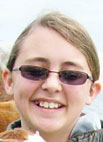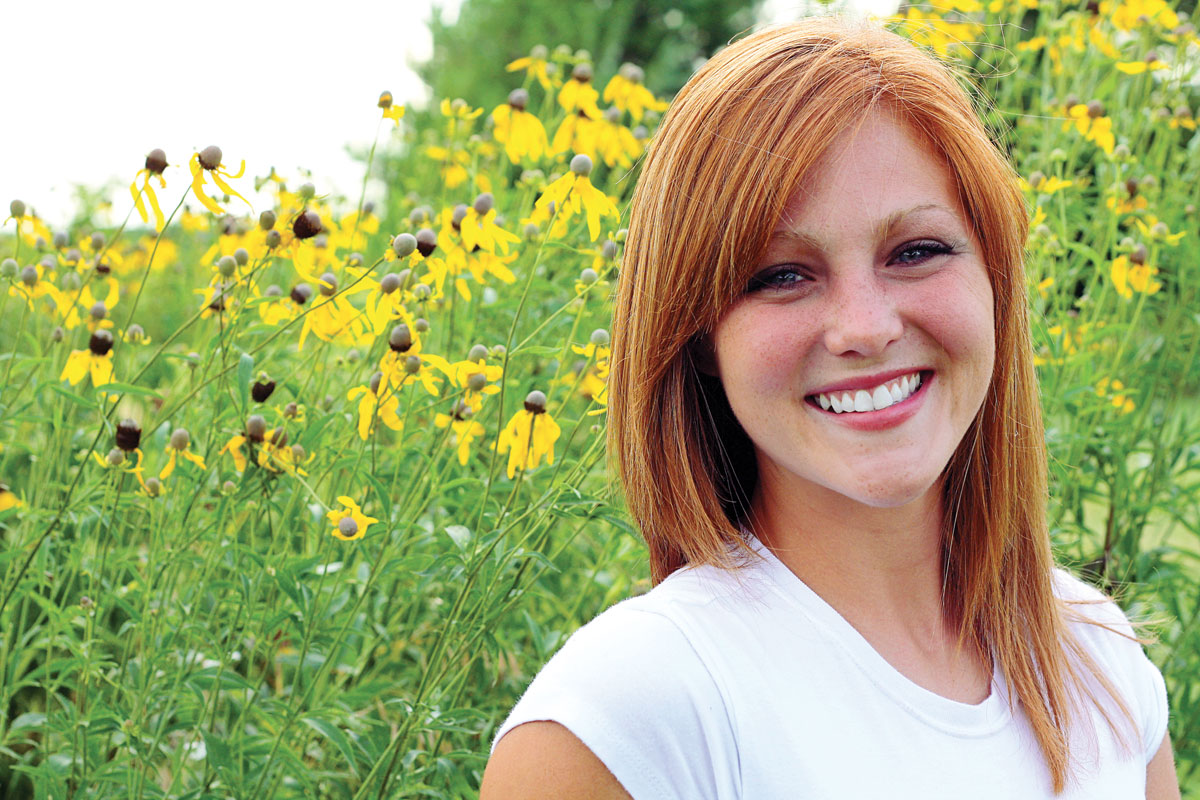
"A happy goat has its tail up,” Donna Allen of Rose Hill Farm east of Lebanon, Mo., shared on a recent walk through her pasture, which includes 18 registered Boer goats. Donna and her husband, Cecil, a former truck driver have Allen & Allen Limousins, and for the past six years, have also raised Boer goats, the meat goat breed originally developed in South Africa.
“Boer means farmer in the language there,” Donna continued. For the most part, Donna stated that they have enjoyed the goats and added that only four of their current 18 have been purchased. “We raised all the rest, although this year has been a hard year. Don’t really know why, some years are just that way. We only have five new little ones this year. We’ve lost the last three.” Still, Donna continued that the value of goats and goat meat is undeniable.
“Goats can be raised on smaller acreages, and as the world becomes more cholesterol conscious, more people are taking a greater interest in this really lean meat,” she continued. While Donna admitted goat meat has not caught on in a big way in southwest Missouri as yet, it is still the most eaten meat worldwide and they have no trouble buying or selling goats at neighboring Buffalo Livestock Auction, Missouri’s largest goat auction.
Both Donna and Cecil work regularly with the goats, as does their 11-year-old daughter, Adrienn who shows goats each year. “Adrienn names each of the new babies as they’re born,” Donna added.
Cecil and the Allens’ 20-year-old son, Casey, who just moved out on his own, also raise Limousin cattle on their farm. They currently have 19 cows, a bull and 21 calves. “We had two sets of twins this year,” Cecil added with a big smile. “We raise our own replacement heifers.”
Cecil recently switched from spring calving to a fall calving season. “I like it so much better,” Cecil continued. “It’s just a lot easier dealing with those calves on the ground in October or even November, than on the frozen ground here in February.”
“We’ve also been doing rotational grazing since 1996,” Donna added, “and we really like that.” These days, that of course, includes rotating cattle with goats, on their 125 acres. “The goats come in first and will eat the weeds, and what the cows don’t want then the heifers are brought in afterwards. It’s best for goats to eat high, eating the tops off the grasses, as it keeps them from getting so many worms.”
To get started in goat production, Donna said the best advice is to talk to other ‘goat people’. “There’s a little more work involved than a person might think. For showing, breeding stock or meat production, it takes some real care, balanced feed and minerals, and lots of fresh water. It’s not a matter of just putting them out there in the brush."
Still, despite the challenges involved, it is apparent Donna, Cecil and Adrienn have become accustomed to these four-footed newcomers to their Ozarks pastures.







